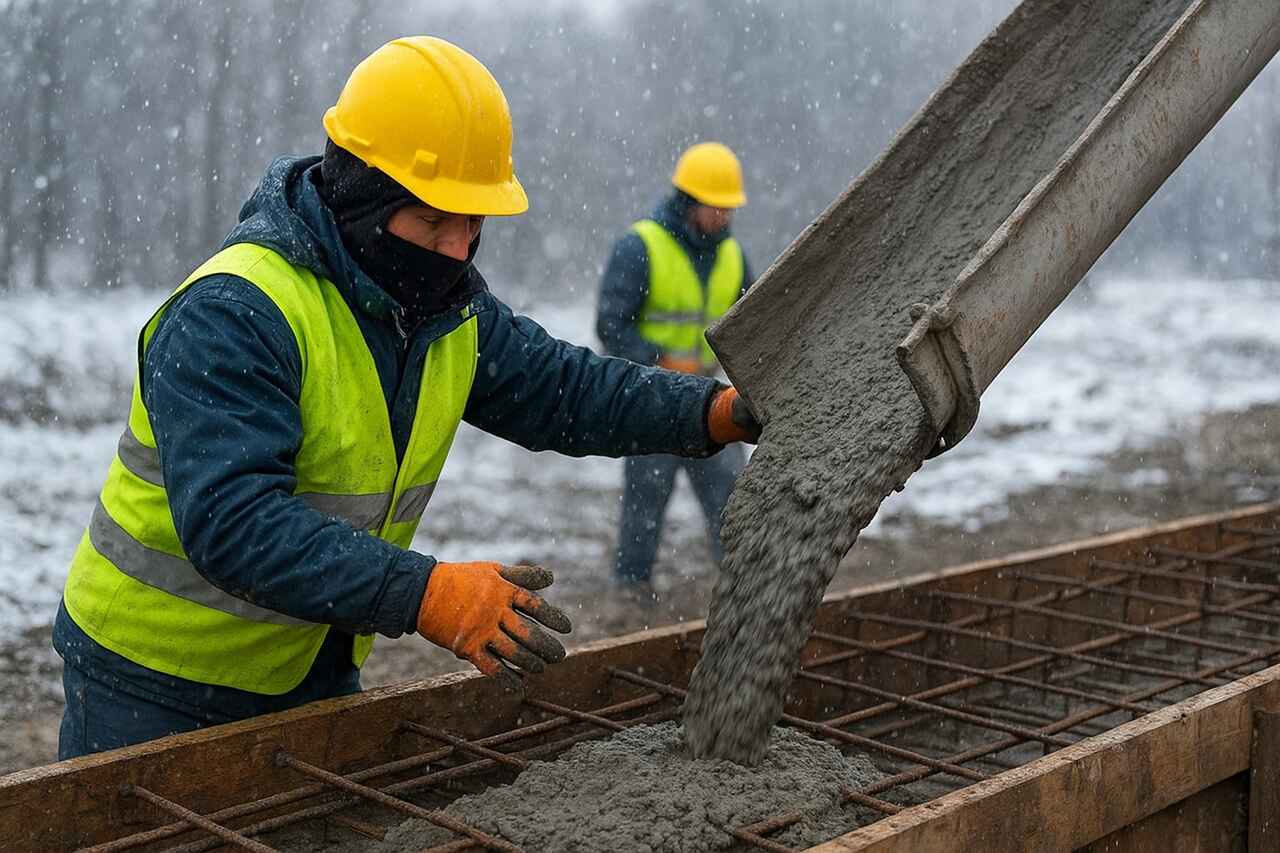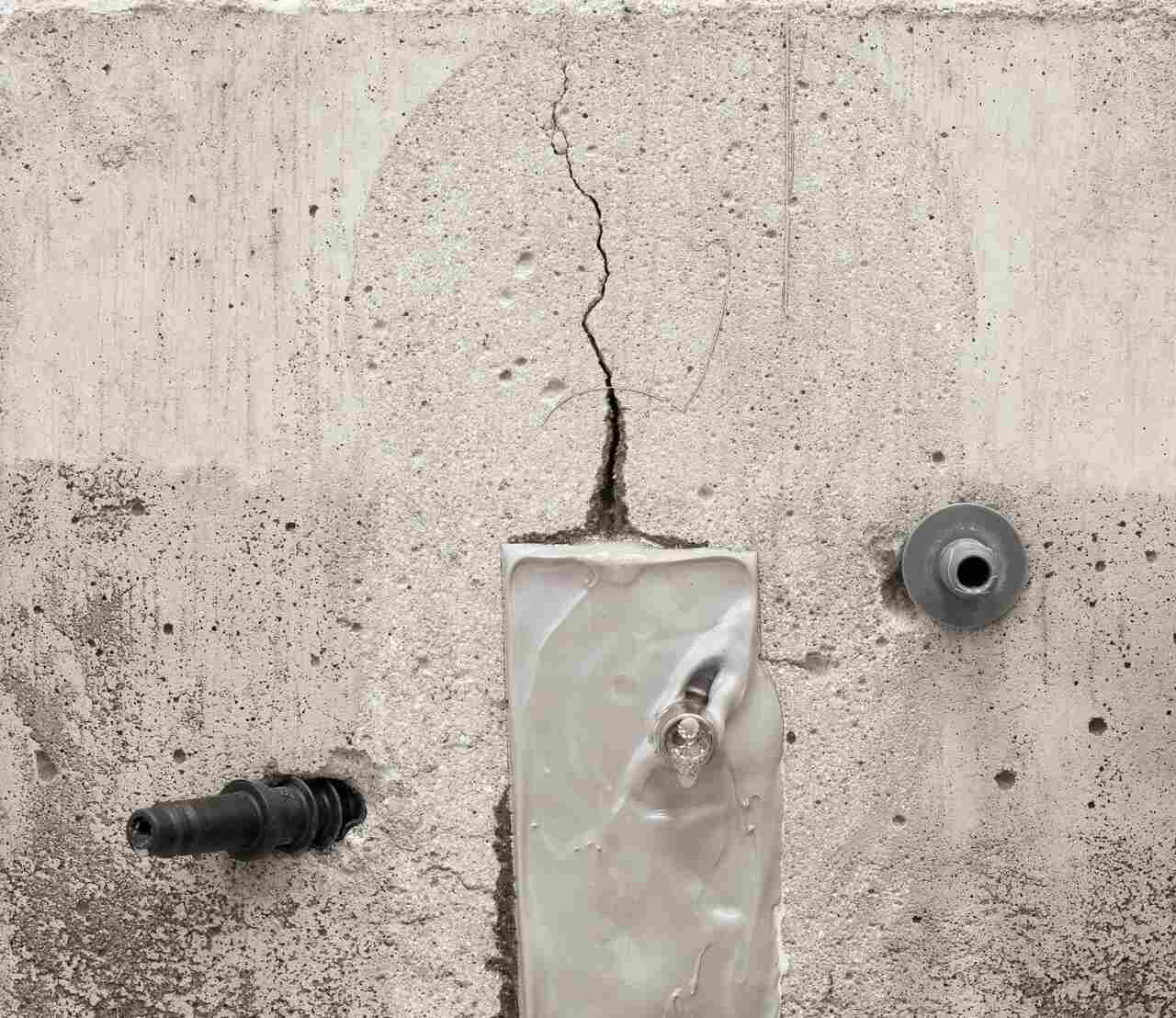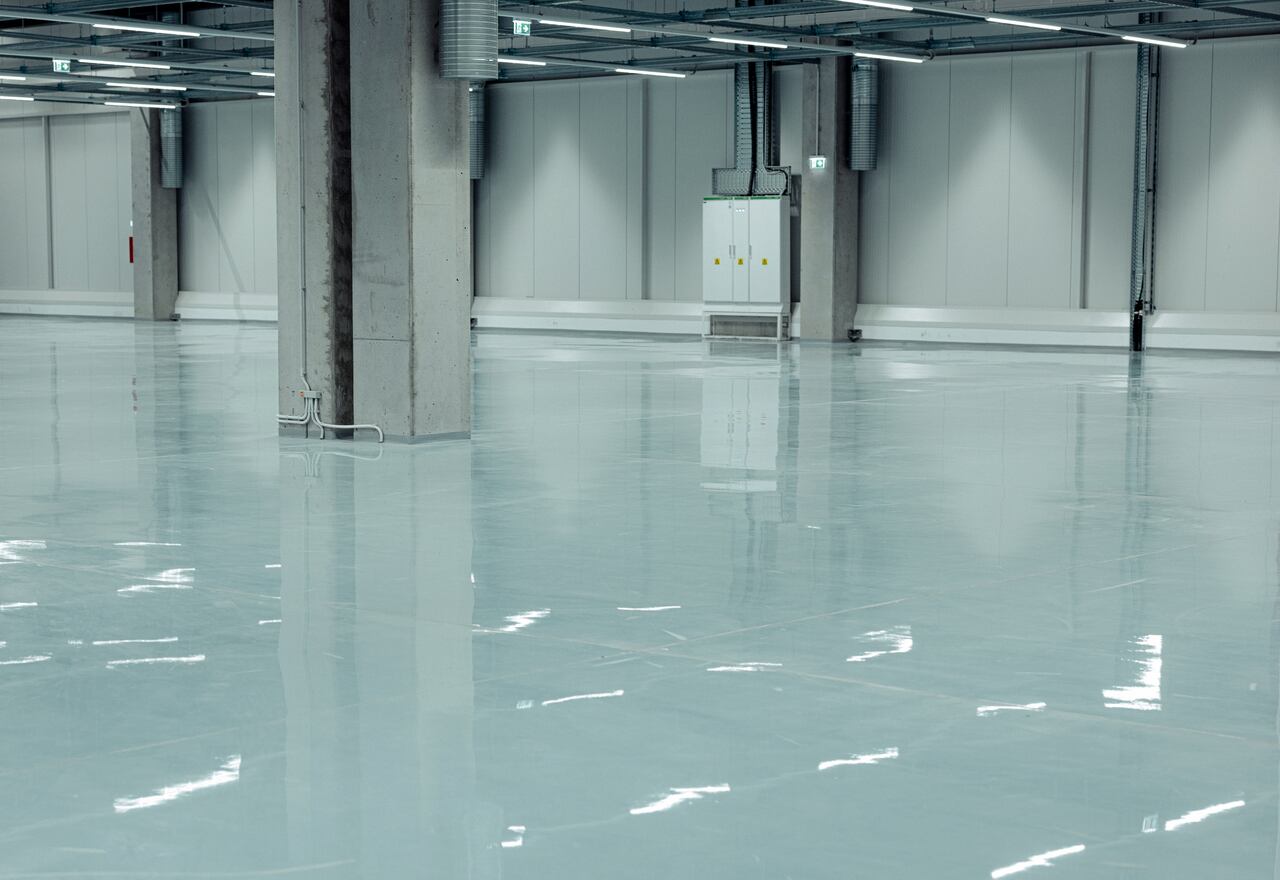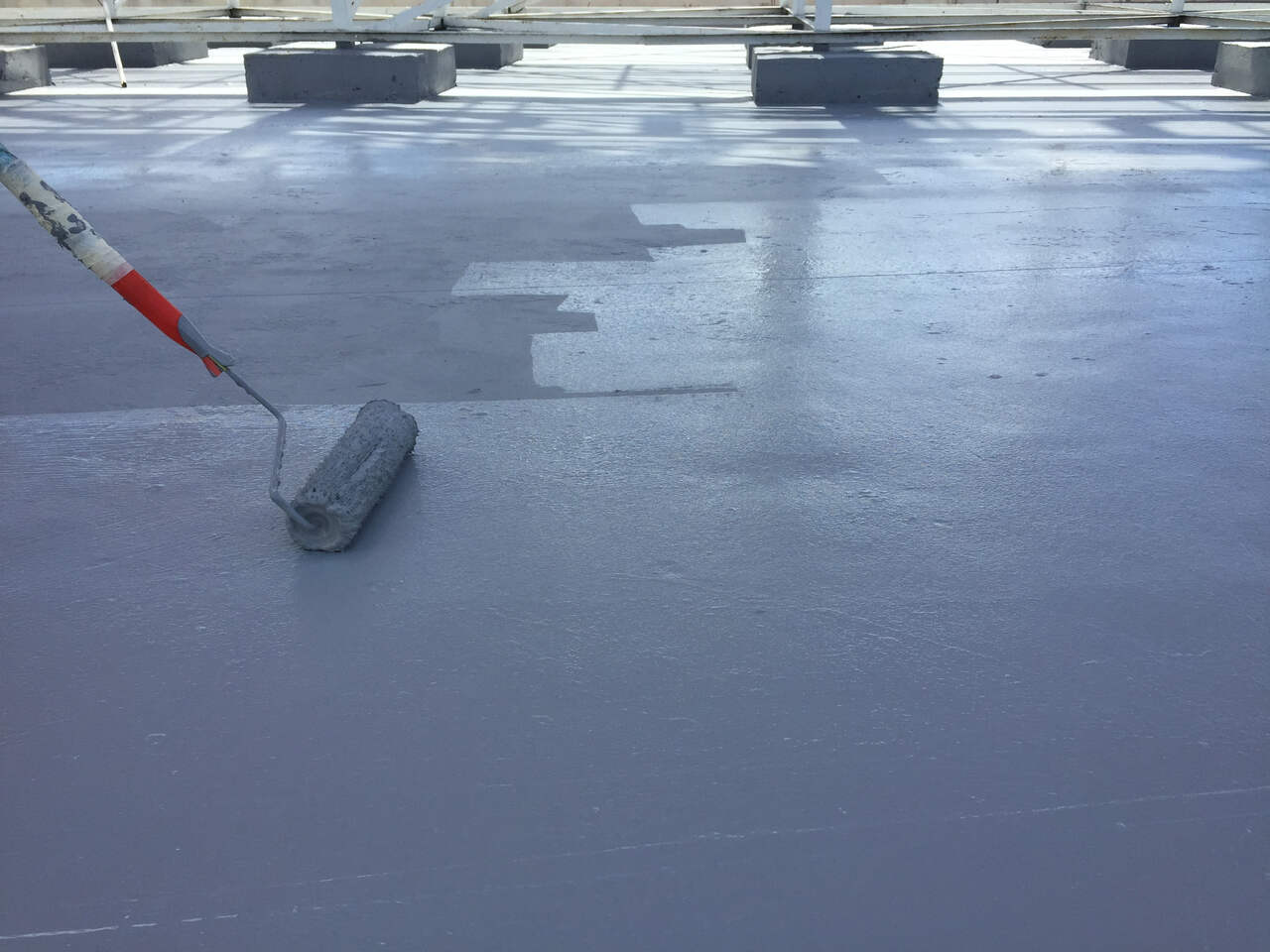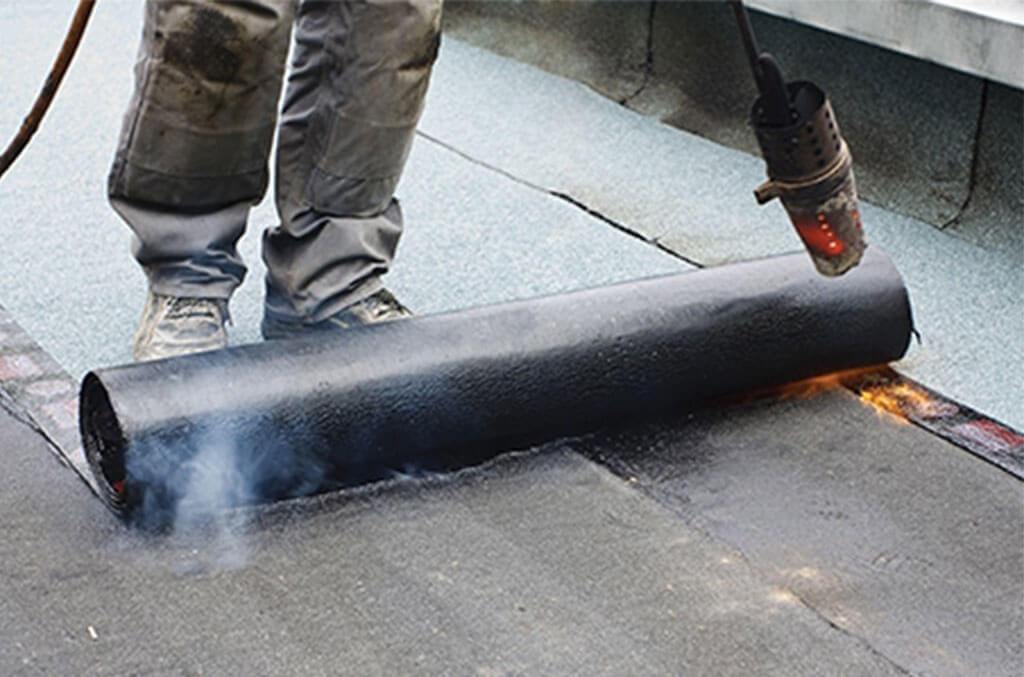
Bituminous waterproofing membranes are one of the most curiosity-provoking construction materials. So, what is modified bitumen sheet? What are the types of bituminous waterproofing sheets? What does APP modified bitumen sheet mean? And what is SBS modified membrane? In today’s article, we will find all the answers to these questions.
What Is Polymer Modified Bitumen Sheet?
The construction sector is one of the leading sectors in Turkey and the world economy. According to reports published by independent audit and consultancy companies, it is estimated that the scale of the construction industry will increase by 85% worldwide by 2030 and reach USD 15.5 trillion. It seems that the construction sector will be one of the most dynamic industrial sectors over the next fifteen years for Turkey and the world markets again.
The word “construction sector” brings to mind a wide range of application areas such as roads, highways and viaducts, tunnels, bridge structures, houses, factories, and offices. Additionally, from chemical materials to concrete, steel; There are many sectors, materials, and workforce from subcontractors to real estate consultancy, which are also addressed under the “construction sector.”
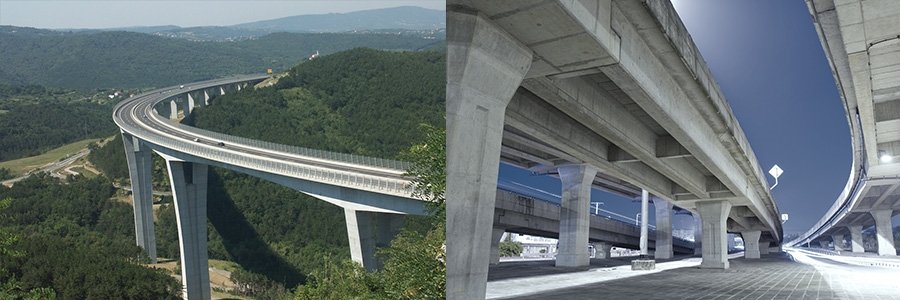
Waterproofing is one of the most fundamental issues in the construction industry that appeals to so many areas and is one of the indispensable applications. We touched upon basement waterproofing before. Today, we will discuss a more specific issue. If you wish, let's start with the question of what is polymer modified bituminous sheet and examine the concepts such as APP modified bitümen sheet and SBS modified bitumen membrane in a little more detail. When it comes to polymer modified bituminous sheets, there are two different types of polymer in the sector. These are APP modified bitumen sheets and SBS modified bitumen sheets. APP, i.e., Atactic Polypropylene modified or SBS, i.e., Styrene Butadiene Styrene modified bituminous sheets, are the two main polymers of waterproofing membranes. Each of the two polymers is modified with bitumen to form the final product. Both polymers provide performance in line with their properties. SBS modified bitumen sheets are more elastic and have a higher resistance to cold. APP modified bitumen sheets; on the other hand, expand less in heat and are more advantageous in terms of cost.
Which Bituminous Sheet Type Should Be Used?
In line with the properties of the polymer that it adds to the material, the product suitable for the customer application should be selected. Material selection; Besides the definitive characteristics of the area to be applied, the application is made according to the geographical and climatic conditions.
That is to say that the waterproofing products used in Kenya and the waterproofing membranes used in Canada should be different in terms of content and performance. At the same time, the polymer modified bituminous sheet to be used on the roof, and the bituminous sheet to be used on the floor will be different.
The reason why waterproofing membranes differ so much is the types of polymers they contain, their quantities, and their synthesis. In line with this difference, performance values change, and the final application area is selected according to these performance values. For example, the waterproofing sheets used on roads and viaducts and the waterproofing sheet used in building-type applications must be different.
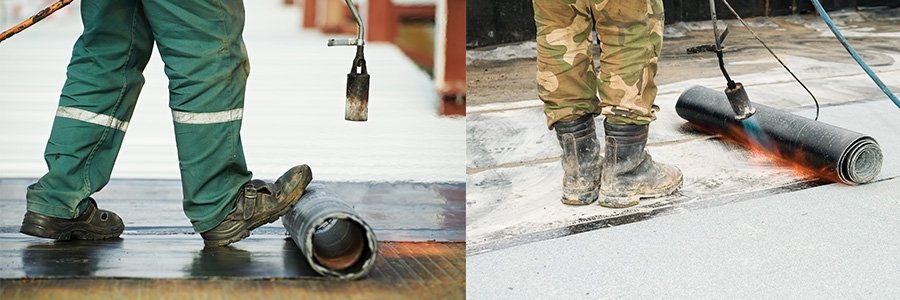
After classifying the waterproofing membranes as APP modified waterproofing membranes and SBS modified waterproofing membranes, let's look at another defining feature of glass fiber and polyester reinforced waterproofing sheets.
Waterproofing membranes are divided into two as APP modified waterproofing sheet and SBS-reinforced membrane, while these two classes are also divided into two as glass fiber and polyester carriers. Glass fiber is more rigid and fragile material than polyester materials. For this, polyester carrier membranes have higher tensile strength and elongation at break.
Another feature is the difference of the top surface coating material. The surface coating may be a polyethylene film, made of slate-containing stones, silica sand, or it can be aluminum foil. Since the top layer of the final product is the top surface coating, the side where the application is seen and that can be walked on, or the surface where the top layer will be applied, you should evaluate these things carefully before making a choice.
For example, if no application will be made on the membrane in roof coatings, slate stone or silica sand membranes may be preferred for a more aesthetic appearance. If thermal insulation is desired as well, in roof applications, the use of aluminum foil may be advantageous. As you can see, waterproofing membranes find usage areas according to their performances. For correct waterproofing, proper workmanship is essential, as well as choosing the right, high-quality materials. Please contact BAUMERK technical team for choosing the right waterproofing material for your projects.
